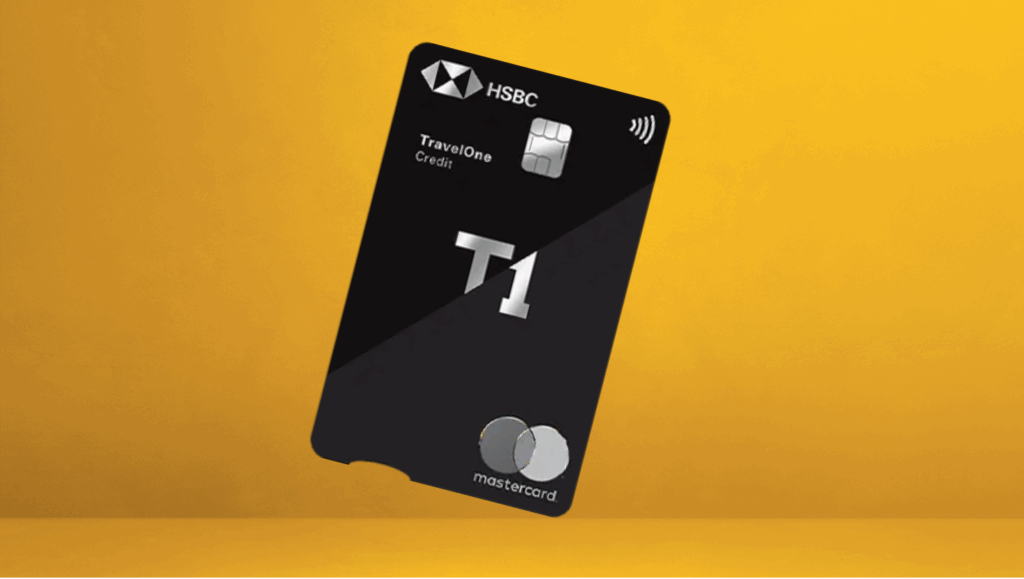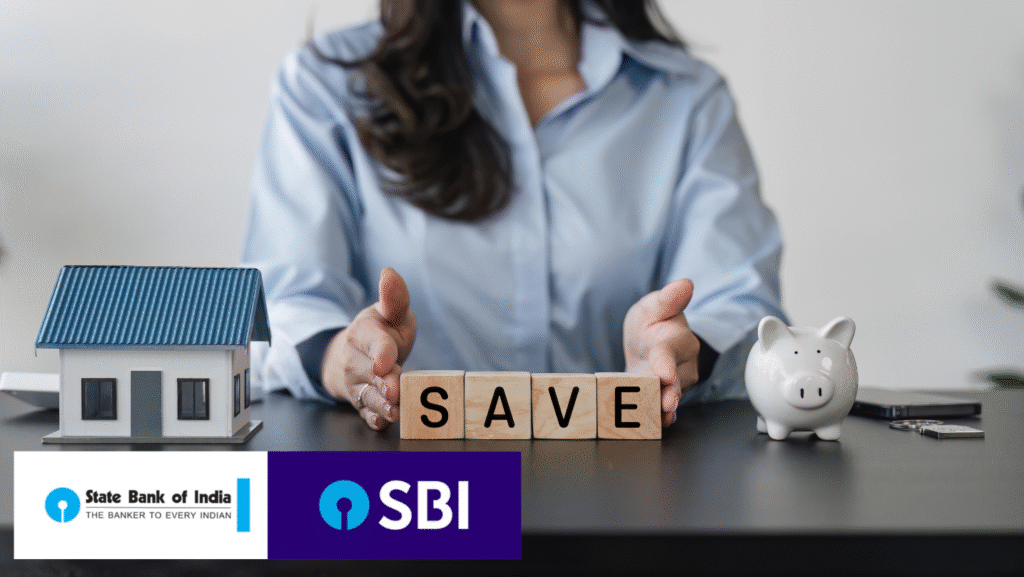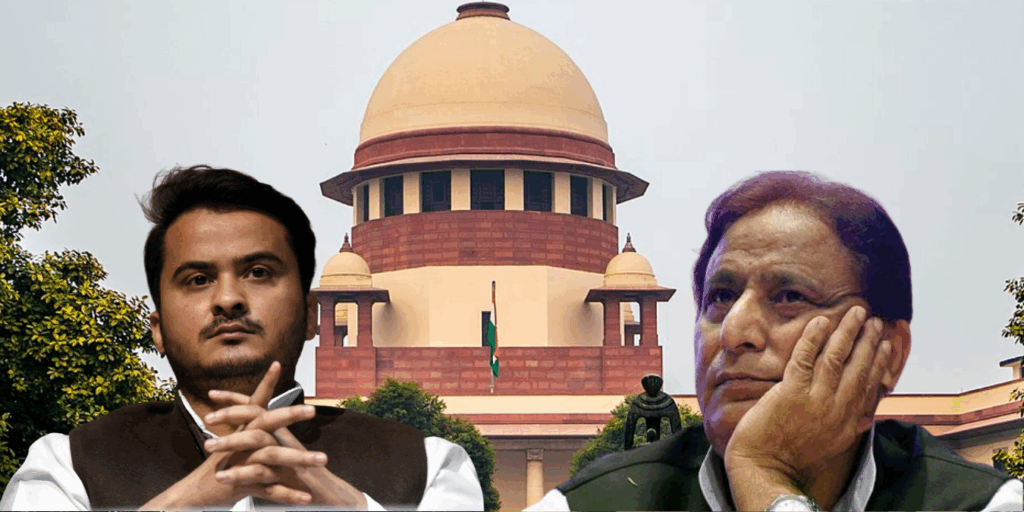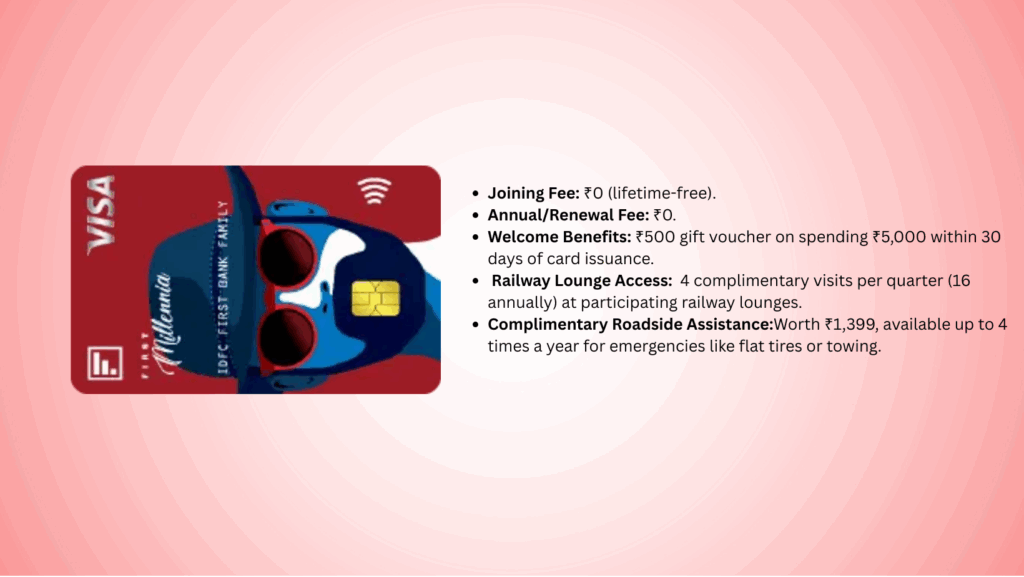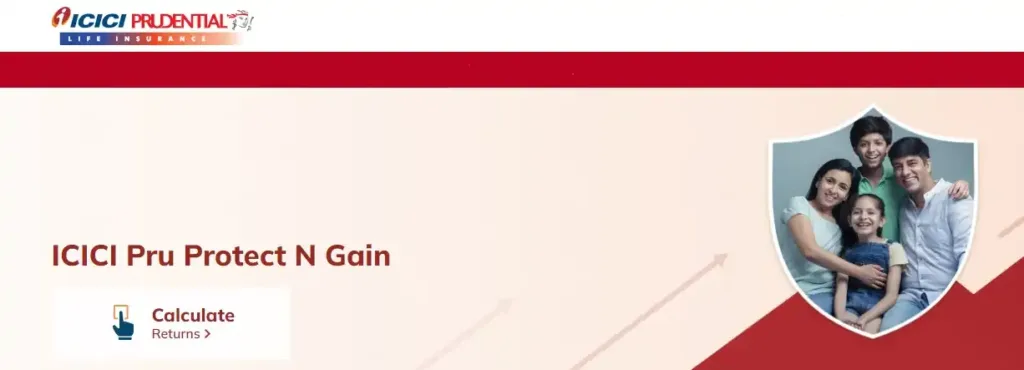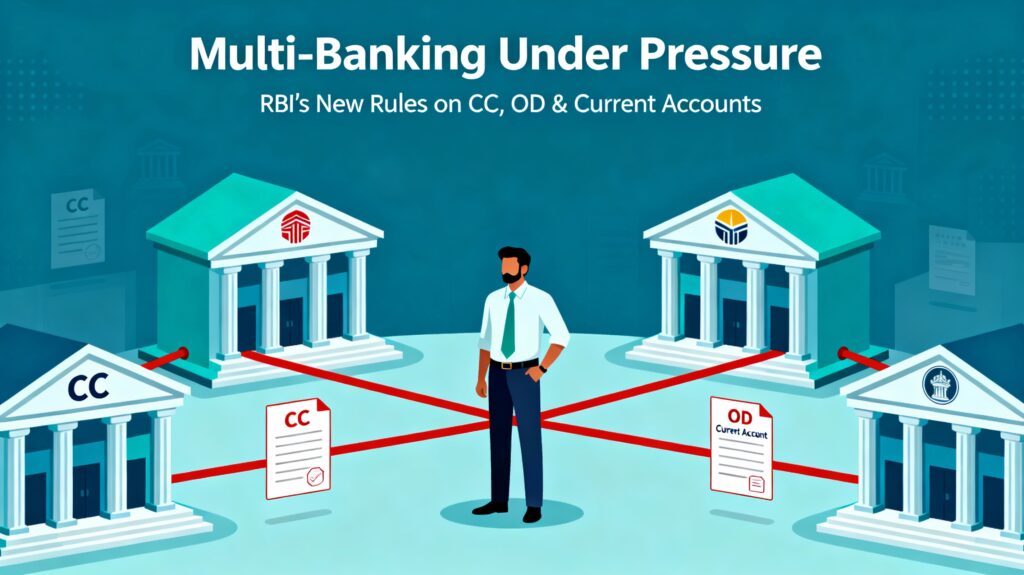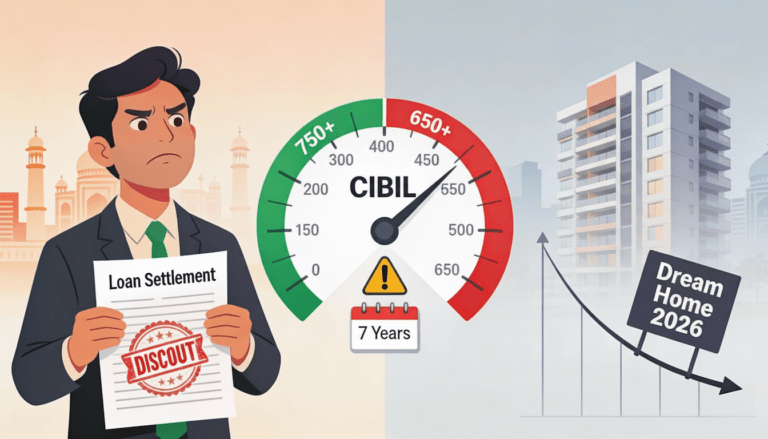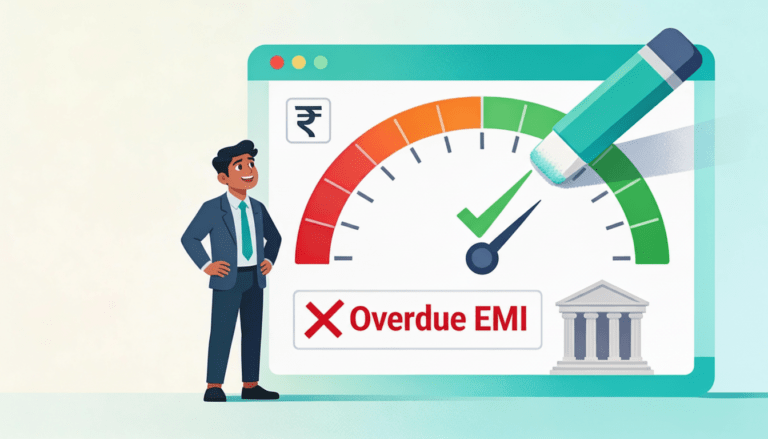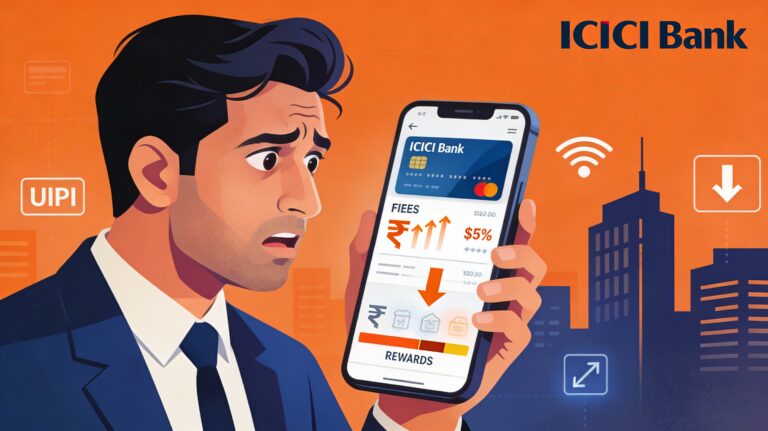
Expert tips to choose the best bank home loan in India for 2025! Compare low interest rates, save on fees, leverage PMAY subsidies, and boost your CIBIL score. Unlock the secrets to affordable EMIs and make your dream home a reality with our comprehensive guide!
Owning a home is a cherished dream for many Indians, and with property prices soaring in 2025, a home loan is often the key to turning this dream into reality. However, with numerous banks and financial institutions offering a plethora of home loan products, choosing the best one can feel overwhelming. The right home loan can save you lakhs in interest, offer flexible repayment options, and align with your financial goals. This blog post provides actionable tips to help you select the best bank home loan, backed by the latest data and trends. Whether you’re a first-time homebuyer or looking to transfer an existing loan, these insights will guide you to make an informed decision.
Why Choosing the Right Home Loan Matters
A home loan is a long-term financial commitment, often spanning 10 to 30 years. Even a small difference in interest rates or processing fees can significantly impact your total repayment cost. In 2025, home loan interest rates in India range from 7.25% to 13.75% per annum, depending on the lender, your credit profile, and loan type. With the Reserve Bank of India (RBI) recently cutting the repo rate by 50 basis points to 5.50%, some banks are offering floating-rate home loans below 8%, making it an opportune time to secure a cost-effective loan.
To choose the best home loan, you need to consider factors like interest rates, loan tenure, processing fees, eligibility criteria, and additional benefits. Below, we’ve compiled a comprehensive guide with practical tips to help you navigate the home loan market in India.
1. Compare Interest Rates Across Lenders
The interest rate is the most critical factor when choosing a home loan, as it directly affects your Equated Monthly Installment (EMI) and the total interest paid over the loan tenure. In 2025, public sector banks like Union Bank of India, Bank of Maharashtra, and Central Bank of India offer some of the lowest home loan interest rates, starting at 7.25% to 8.10% p.a. for eligible borrowers. Private banks like HDFC Bank (8.45% p.a.) and Kotak Mahindra Bank (8.65% p.a.) also provide competitive rates with faster processing.
Tips for Comparing Interest Rates:
- Check Floating vs. Fixed Rates: Floating rates, linked to external benchmarks like the RBI’s repo rate, are generally lower (e.g., 7.25% p.a. from Union Bank of India) but can fluctuate. Fixed rates, such as those offered by Axis Bank at 14% p.a., provide stability but are higher. Choose based on your risk tolerance and market predictions.
- Look for Concessions: Many banks offer a 0.05% to 0.50% interest rate concession for women borrowers or co-applicants. For example, SBI provides a 0.05% discount for women.
- Use Online EMI Calculators: Tools like Moneyview’s Home Loan EMI Calculator can help you estimate your EMI based on loan amount, tenure, and interest rate.
- Negotiate: If you have a credit score above 750, a stable income, or an existing relationship with the bank, negotiate for a lower rate.
2. Evaluate Processing Fees and Other Charges
While interest rates grab attention, processing fees and hidden charges can add to your loan cost. Processing fees typically range from 0.25% to 3% of the loan amount. For instance, Bank of India and Bank of Maharashtra charge no processing fees, while Axis Bank charges up to 1% (minimum ₹10,000).
Tips for Assessing Fees:
- Compare Total Costs: Look beyond interest rates to include processing fees, administrative charges, and Goods and Services Tax (GST). For example, HDFC Bank charges a processing fee of 0.50% or ₹3,000 (whichever is higher) plus taxes.
- Check Prepayment and Foreclosure Charges: RBI guidelines ensure no prepayment penalties for floating-rate home loans, but fixed-rate loans may incur charges.
- Look for Waivers: Some banks, like Punjab National Bank, offer zero processing fees under specific schemes.
3. Assess Your Credit Score
Your credit score, typically assessed by CIBIL, plays a pivotal role in determining your loan eligibility and interest rate. A score of 750 or above is considered excellent, increasing your chances of securing lower rates.
Tips to Leverage Your Credit Score:
- Check Your Score Early: Use platforms like CIBIL or bank websites to monitor your score before applying. A score below 750 may result in higher interest rates.
- Improve Your Score: Pay off existing debts, avoid multiple loan applications, and maintain a low credit utilization ratio.
- Consider a Co-Applicant: Adding a co-applicant with a strong credit score, especially a woman, can improve eligibility and secure lower rates.
4. Choose the Right Loan Tenure
Loan tenure affects both your EMI and total interest outgo. In 2025, most banks offer tenures up to 30 years, with some like Bank of Baroda extending to 30 years for loans up to ₹10 crores.
Tips for Selecting Tenure:
- Balance EMI and Interest: Shorter tenures (e.g., 10–15 years) reduce total interest but increase EMI. Longer tenures lower EMI but increase interest costs. Use an EMI calculator to find a balance.
- Match Income Stability: If your income is stable, opt for a shorter tenure to save on interest. For fluctuating incomes, a longer tenure offers flexibility.
- Consider Step-Up/Step-Down Plans: SBI’s Flexipay Home Loan allows lower EMIs initially and higher ones later, ideal for young professionals expecting income growth.
5. Understand Loan-to-Value (LTV) Ratio and Down Payment
The LTV ratio determines how much of the property’s value the bank will finance. RBI guidelines allow up to 90% LTV for loans up to ₹30 lakhs and 75% for loans above ₹75 lakhs. A higher down payment reduces the loan amount and interest burden.
Tips for Managing LTV and Down Payment:
- Pay 10–20% Down: A higher down payment (10–20%) lowers the loan amount, reducing interest costs and improving approval chances.
- Explore PMAY Subsidies: The Pradhan Mantri Awas Yojana (PMAY) offers interest subsidies for eligible applicants, reducing effective costs.
- Negotiate LTV: Some banks, like SBI, finance up to 90% of the property’s cost for specific schemes.
6. Explore Special Schemes and Features
Banks in 2025 offer tailored home loan products to cater to diverse needs. For example, SBI provides special schemes for defense personnel, government employees, and buyers of green homes.
Tips for Leveraging Special Schemes:
- Look for Niche Products: ICICI Bank offers digital applications with minimal paperwork, while Bank of Baroda provides top-up loans up to five times during the tenure.
- Check Overdraft Facilities: SBI’s MaxGain allows surplus funds to be parked in an overdraft account, reducing interest.
- Consider Balance Transfers: If you have an existing loan, transferring it to a bank like SBI or Union Bank of India at a lower rate (e.g., 7.85% p.a.) can save money.
7. Research Lender Reputation and Service Quality
The lender’s reputation, customer service, and ease of application are crucial for a smooth borrowing experience. Public sector banks like SBI and Bank of Maharashtra offer lower rates but may have slower processing, while private banks like HDFC and ICICI provide faster approvals and digital processes.
Tips for Evaluating Lenders:
- Read Reviews: Check customer feedback on platforms like NoBroker or CreditMantri for insights into service quality.
- Assess Digital Tools: Banks like Kotak Mahindra offer 50% off processing fees for digital applications.
- Check Transparency: Ensure the bank provides clear terms with no hidden charges. SBI, for instance, has no prepayment penalties and transparent pricing.
8. Plan for Home Loan Insurance
Home loan insurance, or loan cover term assurance, protects your family from financial burden in case of your untimely demise.
Tips for Home Loan Insurance:
- Evaluate Coverage: Ensure the policy covers the outstanding loan amount.
- Compare Premiums: Some banks bundle insurance with the loan, so compare costs.
- Check Necessity: While optional, it’s advisable for long-tenure loans.
9. Stay Updated on RBI Policies and Market Trends
RBI’s monetary policies, such as the recent 50-basis-point repo rate cut to 5.50%, influence home loan rates. Experts predict stable or slightly lower rates in 2025, depending on inflation trends.
Tips for Staying Informed:
- Monitor Repo Rate Changes: Floating-rate loans linked to the repo rate benefit from cuts.
- Follow Economic News: Inflation (5.49% in September 2024) and global trends impact rates.
- Consult Financial Advisors: Advisors can guide you based on market conditions.
10. Verify Eligibility and Documentation
Each bank has specific eligibility criteria, including age (typically 18–70 years), income, and property type. Required documents include identity proof, address proof, income proof (e.g., Form 16, bank statements), and property documents.
Tips for Smooth Approval:
- Check Eligibility Early: Use bank websites or tools like Homebazaar’s eligibility calculator.
- Prepare Documents: Ensure all documents are accurate to avoid delays.
- Consider Joint Loans: Adding a co-applicant can boost eligibility.
Final Thought
Choosing the best bank home loan in India for 2025 requires careful consideration of interest rates, fees, tenure, LTV ratio, and lender reputation. By comparing top banks like Union Bank of India (7.25% p.a.), SBI (8.25% p.a.), and HDFC Bank (8.45% p.a.), and leveraging tools like EMI calculators, you can find a loan that fits your financial needs. Stay proactive by improving your credit score, exploring special schemes, and staying informed about RBI policies. With these tips, you’re well-equipped to secure a home loan that makes your dream home a reality without straining your finances.











